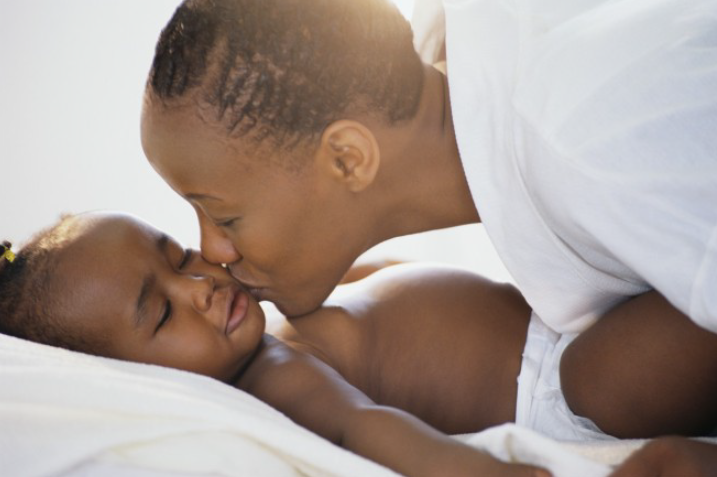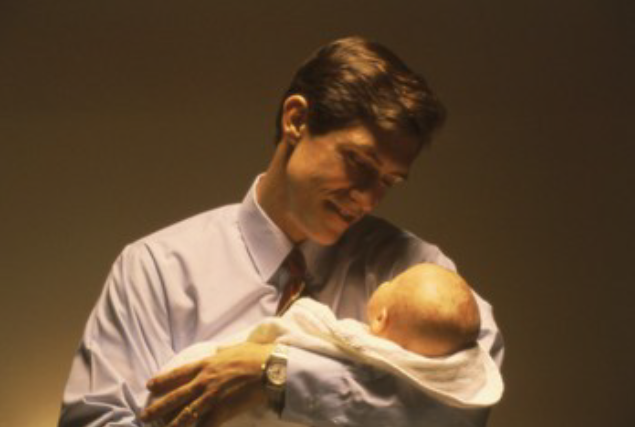What is Shaken Baby Syndrome (SBS)?
Shaken Baby Syndrome (SBS) is a term used to describe a type of inflicted traumatic brain injury that happens when a baby is violently shaken. A baby has weak neck muscles and a large, heavy head. Shaking makes the fragile brain bounce back and forth inside the skull. This can cause bruising, swelling and bleeding which can lead to permanent, severe brain damage or even death.
One of the characteristic injuries of SBS is bleeding in the brain. Because the brain controls the entire body, damage to the brain may affect any function. Shaking a child can result in:
- Death
- Brain Damage
- Paralysis
- Seizures
- Blindness and/or Deafness
- Mental Retardation
- Severe Motor Dysfunction
- Attention Deficit Disorder
- Dyslexia
- Learning and Developmental Disabilities
SBS can also cause bleeding in the retina of the eye, damage to spinal cord and neck, and fractures of the ribs and bones. These injuries may not be immediately noticeable.

Common Symptoms of SBS
- Extreme irritability
- Lethargy
- Poor feeding
- Poor sucking or swallowing
- Breathing problems
- Convulsions
- Vomiting
- Pale or bluish skin
- No smiling or talking
- Seizures
- Inability to lift head
- Head or forehead appears larger than usual
- Soft-spot on head appears bulging
- Inability of eyes to focus or track movement
- Unequal size of pupils
Any of these symptoms can lead to severe disability or death. If you suspect a child has been shaken, seek medical help immediately. SBS injuries usually occur in children younger than 2 years old, but may be seen in children up to the age of 5.

Crying
Crying is normal but it can also be a trigger to violence. All babies cry, but some cry more than others. Dealing with a crying baby can be very hard. It can be irritating and frustrating to listen to a baby cry. Parents often don’t realize just how frustrating it can be until they are in a stressful situation. Research shows that crying is the number one trigger leading caregivers to violently shake their baby. Caregivers need to realize that crying is a baby’s only way to communicate needs and wants.
Some of the more common reasons for crying are:
- Soiled diaper
- Hunger
- Over tired
- Need to suck
- Pain
- Illness
- Stress
- Attempt to communicate
- Colic

How to Help a Crying Baby
- Change diaper
- Feed baby
- Hold close and rock
- Wrap in soft blanket
- Massage baby’s back
- Feed slowly, burp often
- Put on soft music
- Sing to baby
- Take baby for car or stroller ride
- Ask another parent for help
- If breastfeeding, avoid strong foods
- Have patience

Ways to Help Prevent SBS
- NEVER SHAKE A BABY
- Always provide support for a baby’s head
- Educate other caregivers about the danger of shaking a baby
- Learn positive ways to soothe a crying baby
- Take a break or ask for help when you are stressed
- Love and cuddle your baby

Resources
- Child Crisis Center - East Valley, Inc. Preventing Shaken Baby Syndrome. Retrieved 7/17/07. Mesa, AZ.
- National Center on Shaken Baby Syndrome. Retrieved 8/7/07. NCSBS
- National Institute of Child Health and Human Development (NICHD), 2005, National Institutes of Health, DHHS, Bethesda, MD.
- National Institute of Health. Retrieved 2/14/07. Bethesda, MD.
Kock, Jo.
2007,
Shaken Baby Syndrome (SBS),
Extension | University of Nevada, Reno, FS-07-49


